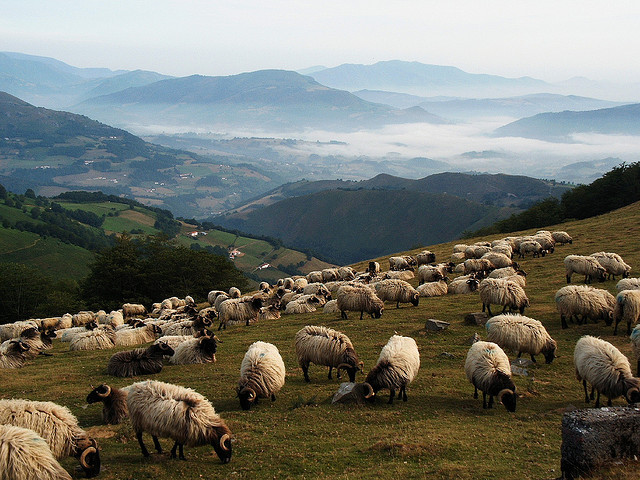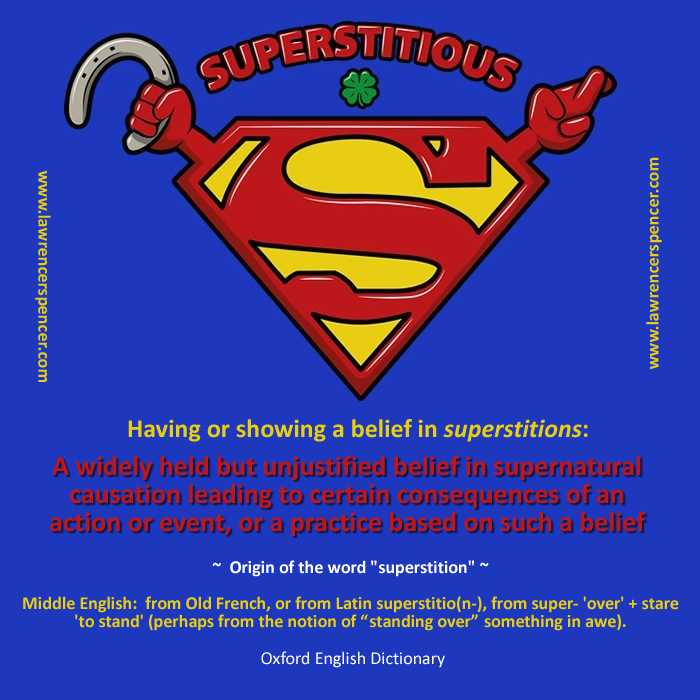Republished by Blog Post Promoter
 “While shepherds kept their watching
“While shepherds kept their watching
Over silent flocks by night,
Behold throughout the heavens,
There shone a holy light:
Go, Tell It On The Mountain,
Over the hills and everywhere;
Go, Tell It On The Mountain
That Jesus Christ is born.”
from the Christian song, “Go Tell It On The Mountain”. “Go Tell It on the Mountain” is an African-American spiritual song, compiled by John Wesley Work, Jr., dating back to at least 1865, that has been sung and recorded by many gospel and secular performers. It is considered a Christmas carol because its original lyrics celebrate the Nativity of Jesus (Wikipedia.org)
I don’t care who you are. I don’t care what a bunch of superstitious sheep herders say. Birth is bloody and painful! If you are inhabiting a biological body on Earth, your mother sacrificed her body and her life to bear you and feed you with her tits (or a bottle) and work her ass off to support and clothe you until you were old enough to take care of yourself! The TRUTH is that this “religious holiday” should be a celebration and admiration of MOTHERS! In spite of ancient superstitions, and patriarchal propaganda, Jesus (if the guy ever really existed) inhabited a biological body that was produced by a women who fucked a man and got pregnant and gave birth to a stinking, screaming baby body, just like everyone else on this god-forsaken planet!




